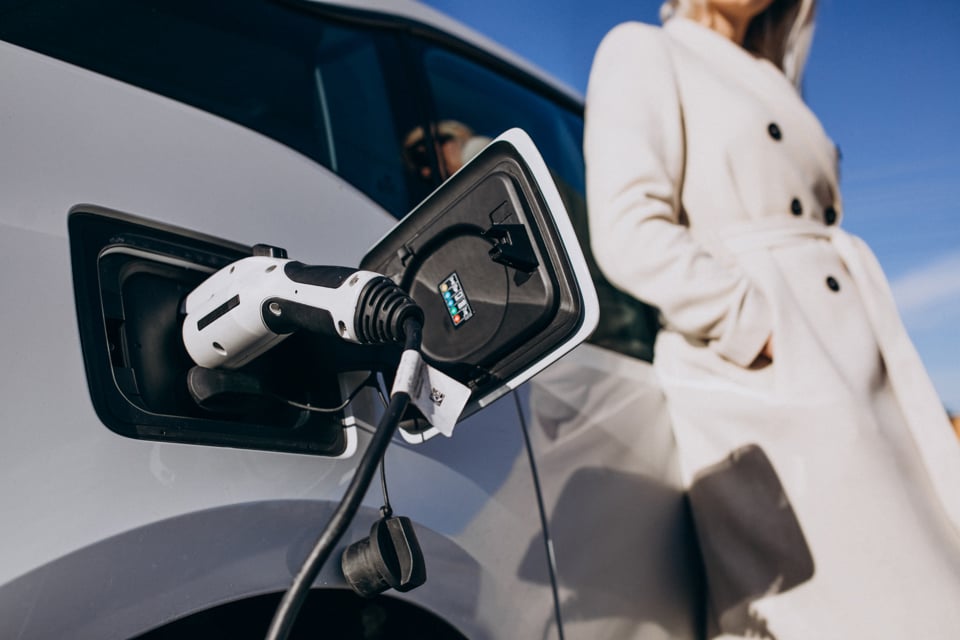March saw values in CAP Live remain steady, with the headline movement at the three-year, 60,000-mile benchmark recording no change or 0%, according to Cap HPI.
However, fuel type data shows a more complex picture. BEV values the most pressure with a 1.7% reduction or £320. In comparison, demand was particularly strong for petrol and hybrid vehicles. At the three-year mark, values increase by 0.4% (£70) for hybrid vehicles and 0.3% (£45) for petrol cars.
Values for diesel vehicles remained level with no change, while PHEVs fell behind that with a movement of -0.2% (£60).
 Commenting on the data, Chris Plumb, head of current valuations for Cap HPI, said: “With the latest reduction in values for BEVs, this now marks the fourth consecutive month of negative adjustments. Over the past 12 months, only two months, October and November, saw stable values, with BEVs being the strongest-performing fuel type during that time.
Commenting on the data, Chris Plumb, head of current valuations for Cap HPI, said: “With the latest reduction in values for BEVs, this now marks the fourth consecutive month of negative adjustments. Over the past 12 months, only two months, October and November, saw stable values, with BEVs being the strongest-performing fuel type during that time.
“The BEV market continues to be quite fragmented, with performance varying from one model to another, which means we need to keep a close eye on each individual model. Looking at the numbers for three-year-old vehicles, we saw that 57% of models experienced value reductions, while 37% managed to hold steady (up from last month’s 30%). On the brighter side, 6% actually saw positive adjustments! And despite a wave of negative media coverage, the Tesla Model Y held steady, while the Model 3 dipped by just 1% or £163, which is slightly better than the average for all BEVs this month.”
Values have shown remarkable stability across all age and mileage profiles. One-year-old vehicles saw a modest decrease of 0.3%, translating to £125. Five-year-old cars experienced a slight increase of 0.2%, or £20, and the older, higher-mileage ten-year-old cars recorded a minimal drop of only 0.1%, equating to £5.
Since the beginning of the year, a common concern among retailers has been the increasing pressure on profit margins. While trade values remain robust, many retailers find it increasingly challenging to replenish specific stock profiles (mainly clean vehicles aged between three to five years old) whilst remaining competitively priced.
Retailers remain understocked and are still adopting a ‘little and often’ approach to sourcing vehicles, which often forces them to pay a premium to secure stock. While this trend persists and retailers show a willingness to replenish their inventory despite many working towards a financial year-end target, the trade and wholesale markets are likely to remain competitive.
The ongoing supply gap for vehicles aged between three to five years old continues to impact the availability of vehicles in this crucial age bracket, which is a core stock requirement for many retailers. Consequently, buyers are increasingly leveraging all available sourcing channels, including physical auctions and online platforms, and retaining a higher proportion of part-exchange vehicles for retail. Adapting to this fragmented supply landscape is essential for any business aiming to maintain stock levels and fulfil consumer demand in today’s market.
Plumb concluded: “The shift over the month has been the increasing selectivity of buyers regarding older, high-mileage vehicles. The trend suggests that these cars may not be as appealing as they once were, likely due to the price increases we've seen recently. This evolving buyer behaviour highlights the dynamic nature of the market and the importance of adapting to changing preferences!”
March sees a stable market but pressure on BEV continues
- By Aimee Turner
- |
- 28 March 2025
















Login to comment
Comments
No comments have been made yet.